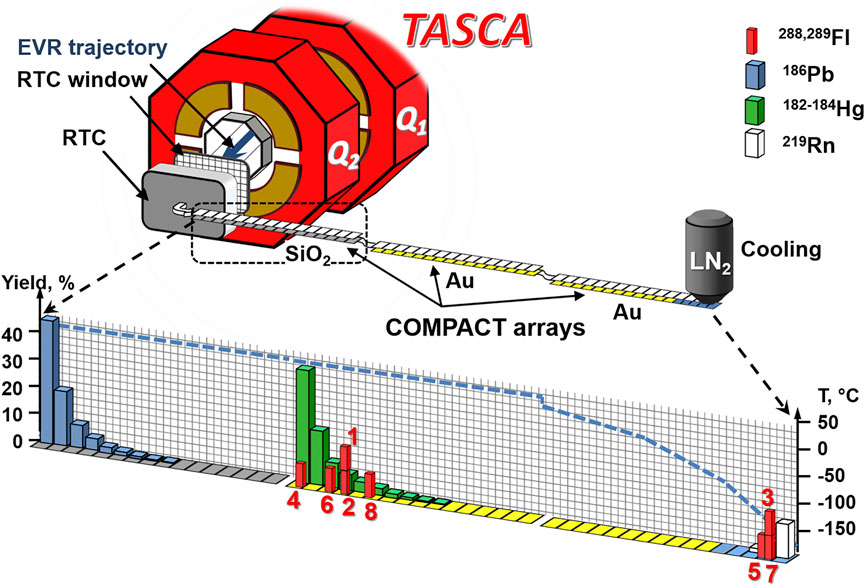気候変動が沿岸地域に与える影響を理解するためには、地域の海水準変動の正確な予測が不可欠である Accurate predictions of regional sea-level change are essential in understanding the impact of climate change on coastal areas
2022-09-30 アメリカ・ロスアラモス国立研究所(LANL)

As ice sheets and glaciers on Greenland melt and the water is redistributed around the global oceans, sea level does not rise uniformly. New research using high-latitude measurements by satellites confirms computational models that forecast lower sea level around Greenland but higher levels farther away.
海面変化の地域パターンを正確に予測することは、将来の気候変動の影響を理解し、災害を予測する上で絶対に必要なことである。
研究者は、過去30年間のグリーンランド氷床周辺の海面高度の衛星観測に焦点を当てた。この海域では、グリーンランド氷床の質量が減少すると、外洋の水に対する重力が減少し、氷床から水が離れていくことが支配的な影響となっている。その結果、グリーンランド付近の海面が下がり、グリーンランド以外の地域の海面上昇も徐々に高くなる。
グリーンランドの氷の融解に関する新しい推定値を用いて、グリーンランド周辺の海水準変動のパターンを予測した。そして、このパターンを衛星による海面変化の観測結果と比較したところ、見事に一致した。
研究チームは、フィンガープリントの信号が最大となる、従来よりもはるかに高緯度に及ぶ処理済み衛星観測データを活用した。研究チームはこの衛星データを強力な新手法で処理し、海洋力学に起因する変動を除去した。
<関連情報>
- https://discover.lanl.gov/news/0929-sea-level-change
- https://www.science.org/doi/10.1126/science.abo0926
グリーンランド氷床融解の海水準フィンガープリントの検出 A detection of the sea level fingerprint of Greenland Ice Sheet melt
Sophie Coulson,Sönke Dangendorf,Jerry X. Mitrovica,Mark E. Tamisiea,Linda Pan,David T. Sandwell
Science Published:29 Sep 2022
DOI: 10.1126/science.abo0926
Leveling up and down
Rapid melting of ice sheets and glaciers raises the global average sea level but does so in a complex pattern of regional increases and decreases called a sea level fingerprint. Coulson et al. found that the fingerprint of melting near the Greenland Ice Sheet can be detected using ice mass loss estimates made from radar altimetry and model reconstructions of nearby glaciers. Their data provide an independent confirmation of the acceleration of Greenland Ice Sheet mass loss and reveal the impact of this mass flux on sea surface heights around Greenland. —HJS
Abstract
Rapid melting of ice sheets and glaciers drives a unique geometry, or fingerprint, of sea level change. However, the detection of individual fingerprints has been challenging because of sparse observations at high latitudes and the difficulty of disentangling ocean dynamic variability from the signal. We predict the fingerprint of Greenland Ice Sheet (GrIS) melt using recent ice mass loss estimates from radar altimetry data and model reconstructions of nearby glaciers and compare this prediction to an independent, altimetry-derived sea surface height trend corrected for ocean dynamic variability in the region adjacent to the ice sheet. A statistically significant correlation between the two fields (P < 0.001) provides an unambiguous observational detection of the near-field sea level fingerprint of recent GrIS melting in our warming world.



